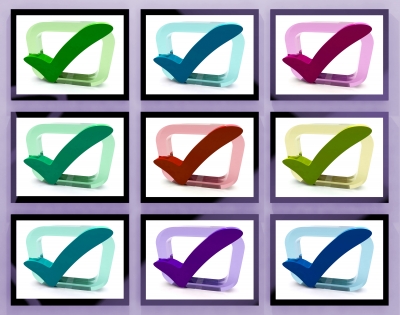 Too often, my sons come home complaining that they lost their recess time because classmates were behaving poorly. This is one of my pet peeves as a parent, former teacher and BCBA. Recess is non-contingent reinforcement and it should NOT be earned or lost. Generally, removing outdoor time does not improve behavior – kids need activity to help burn off big energy and boost mood.
Too often, my sons come home complaining that they lost their recess time because classmates were behaving poorly. This is one of my pet peeves as a parent, former teacher and BCBA. Recess is non-contingent reinforcement and it should NOT be earned or lost. Generally, removing outdoor time does not improve behavior – kids need activity to help burn off big energy and boost mood.
The best way to promote desired behavior in students is with positive reinforcement. Here are tips to ensure your classroom reinforcement systems are effective.
What Is Classroom Reinforcement?
It’s something that happens after a behavior occurs (i.e. the consequence) that increases the likelihood of that behavior happening again within a classroom environment. With positive reinforcement, you add something – giving a prize, for example – to accomplish this; and with negative reinforcement, you take something away, such as scrapping homework.
Reinforcement Don’ts
When I visit schools, teachers often share that they have tried reinforcement systems with no success. Can you relate? Could be because your technique or set up needs tweaking. Here’s what to avoid.
1. Delayed reinforcement. If the point or sticker is given too far after the behaviour occurs, your students won’t realize what behaviour they are expected to keep up.
2. All or nothing. Let’s say that, early in the day, a student gets 3 strikes and, as such, she’s not allowed to participate in the group game in the afternoon. Your classroom reinforcement will fall short if she isn’t given the opportunity to earn back the reward. The child will be bummed and unmotivated to behave when there’s no possibility fun for her later on.
3. Too much effort. Kids are not inspired to do a lot and get little in return. The behavior expectation should equal to the reward they get. For example, handing in homework for a month should be given a larger prize than staying seated in the morning.
4. Reinforcement is only offered once the student misbehaves. Let’s say a boy keeps getting out of his seat. After getting up, the teacher says, “If you sit down, I’ll add a checkmark to your chart.” This is more a bribe than reinforcement.
Reinforcement Dos
Your classroom reinforcement system will work when you follow these tips. Get ready for positive changes in your students’ behaviour!
1. Identify the behaviours you’d like to increase. If you have trouble finding positive things, use negative behaviors and phrase them as the positive opposite. For example, if kids keep getting out of their seats, than make “staying in my seat” one of the targets.
Tip: Make the expectations visual (in writing) and include behaviour-specific descriptions. For example: “Sit with a still body, hands to myself, eyes on the teacher during circle time.”
2. Find out what is reinforcing to your group. Come up with multiple options so once they accomplish one, there are more to come. Examples of great classroom reinforcers include a movie day, a homework-free night and extra recess. Have varying levels of reinforcement, so your students can cash in for smaller items sooner and save for larger items later.
3. Decide how your class will access the reinforcers. Try a point system, lottery tickets or an app like ClassDojo. Make sure the children are clear on how they get a token or ticket, and provide the reinforcement as close to the desired behavior as possible.
Tip: Have 1 classroom-wide system (i.e. fill a jar with jellybeans to get a pizza party) and 1 individualized system, where students collect a number of points and trade them in for prizes.
When the students feel that the classroom reinforcement system is manageable and motivating, their behavior will improve. Remember to keep it positive!
Image by Stuart Miles at FreeDigitalPhotos.net


Pingback: How to Use ABA to Manage Challenging Behaviour in the Classroom - How to ABA
Pingback: Prepare Your Child or Student with ASD for School
I have a student he comes in. He will sit and eat his breakfast. While he is eating. he’s moving about on is seat. He will jump to grab for something to put in his mouth. He moves about the room during circle time. Jumping on the furniture and chair. Sometime he’s rolling on the floor. When I try to stop him and will fight me. I look for things to hold his interest but his attention span is very short.
What do you think I can do to help this child.
Cathy
Hi Cathy,
I think this is probably something you should talk to your school counselor about. If he has a medical issue such as autism or ADHD, he may require more treatment. You can look up reinforcement systems to implement, such as a token chart. But there is no simple answer. It will require some research on your part.
Some things to research are: Positive Reinforcement. Token Economies, schedules of reinforcement, extinction, and functions of behavior.